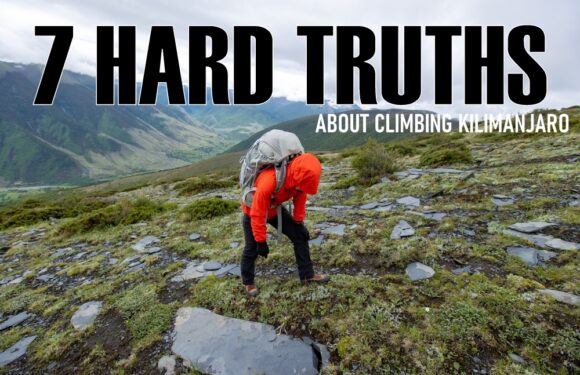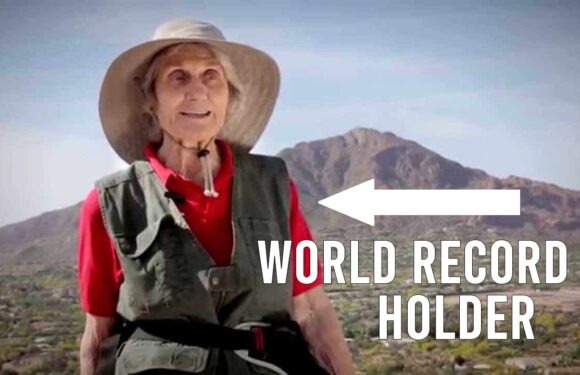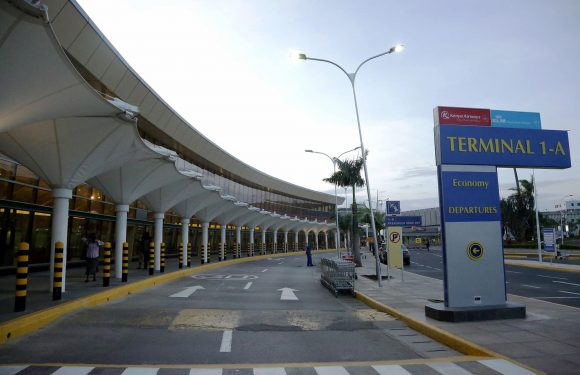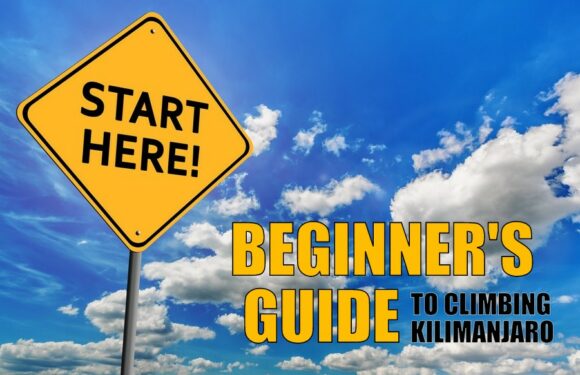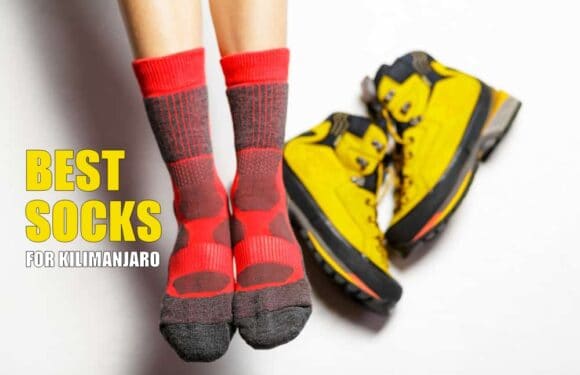What are the best hats for climbing Kilimanjaro?
Hats perform two basic functions on Mount Kilimanjaro. One, a hat acts as a shield against the sun. And two, it insulates your head to keep it warm. You will need two hats for Kilimanjaro – one for each of these occasions, as well as a neck gaiter to cover your nose and mouth. These three headwear pieces are required gear items.
Below we will look at the different options available and what we think are the best choices for climbing Kilimanjaro.
Boonie Hat
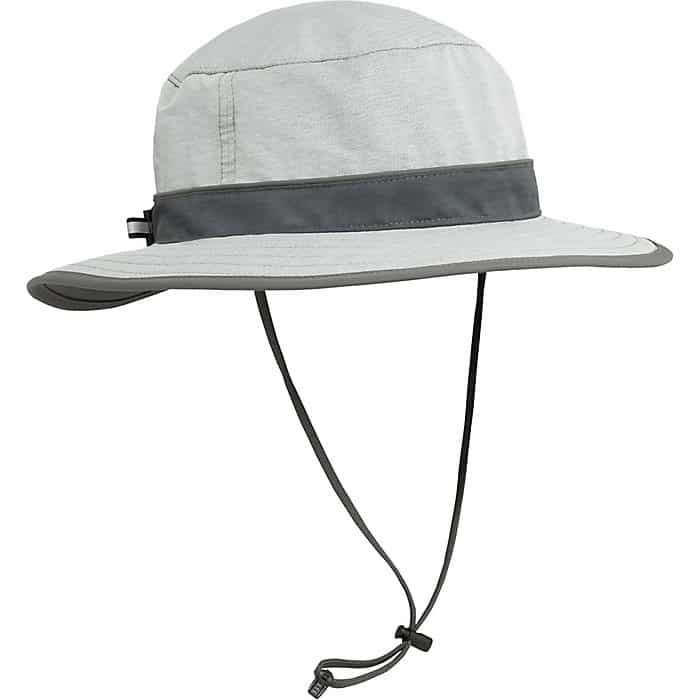
When it comes to blocking the sun, the bigger the better. That’s why the boonie hat is the best choice when it comes to stopping the sun’s rays. The wide brim goes around the entire head to shade you from all angles, protecting not only the face but also the sides and back of the head.
A drawstring keeps the hat from blowing away. Most boonie hats are made from cotton, which is not a great material because it tends to waterlogged by soaking up moisture from either rain or sweating. So look for one made of moisture wicking material like the above hat made by Sunday Afternoons. This boonie hat retails for about $40.
Despite it’s functionality, we don’t see many boonie hats on Kilimanjaro. Probably due to their size and their aesthetic. But they really are an excellent choice on the mountain.
Bucket Hat
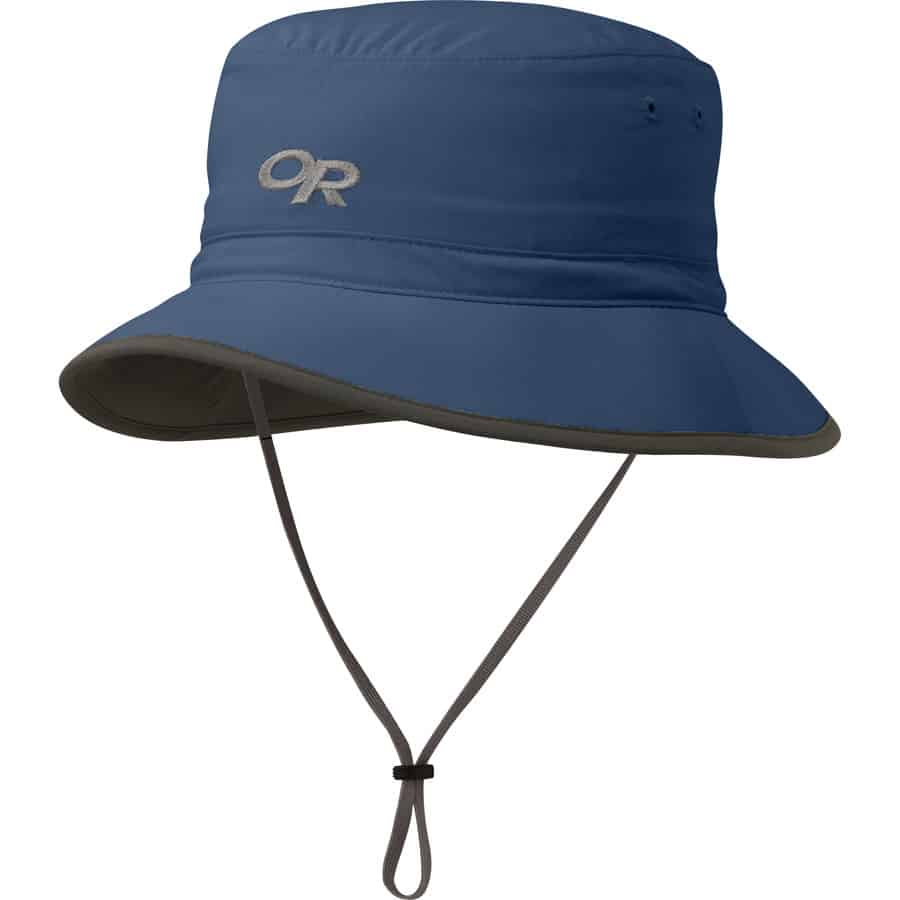
A bucket hat is similar in many ways to the boonie hat, but the proportions are different. They have a narrower brim so they block less sun. Usually, bucket hats are made of a softer fabric. This hat, which retails at $35 at Outdoor Research, is made of a light, breathable, water resistant material. We think the brim is a bit short and therefore do not favor this style hat.
Sun Cap
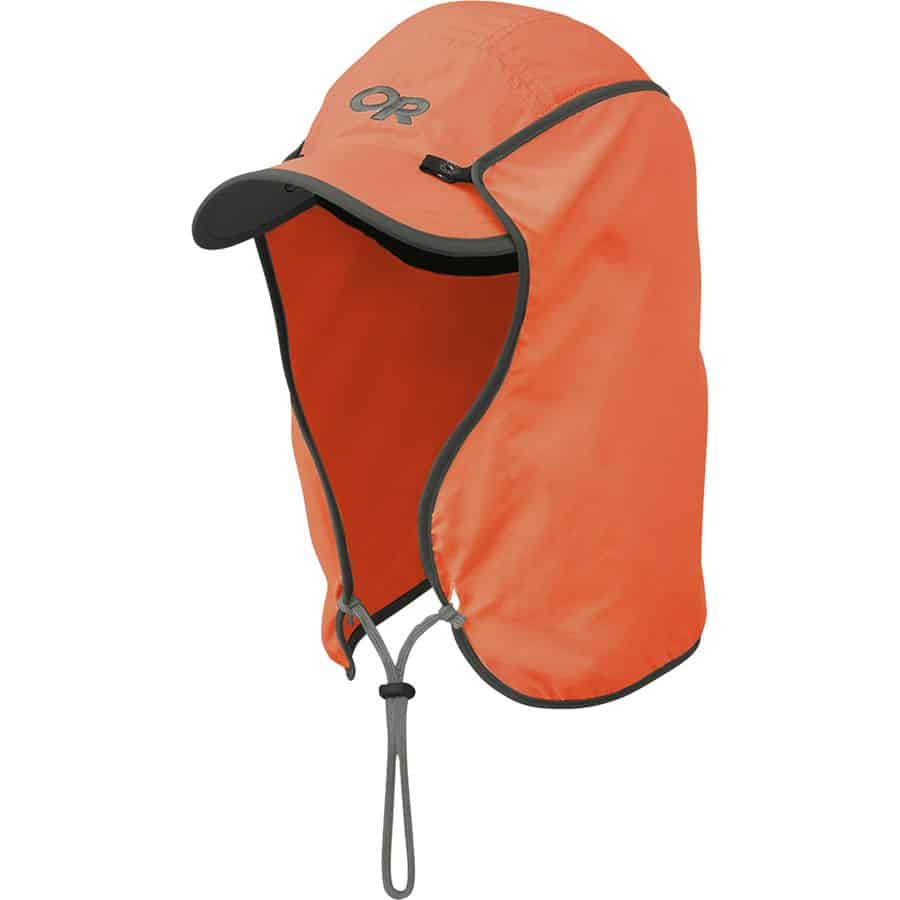
People think of desert trekking when they see these types of caps, but they are very functional for climbing Kilimanjaro as well. The front brim shields the sun from the face while the side and back panels protect the rest of the head. These panels can be adjusted or removed entirely, so you can let the breeze in when desired. This cap retails for $35 and is also from Outdoor Research. We like this option a lot but we understand some people shun it due to its unfashionable look.
Trekking Cap

The classic baseball style cap is the most popular headgear choice on Mount Kilimanjaro. It is a good choice because it does what it is supposed to do, plain and simple. The disadvantage is that it doesn’t block the sun from hitting the sides of your face, ears or the back of your neck. So you’ll still need to apply sunscreen or wear a hooded baselayer for maximum coverage.
A trucker style cap that has a mesh back like the one featured above will let sun and wind in, but it also lets heat vapors escape. So consider whether you want one with a solid back for better coverage or a mesh back for more ventilation. Our guides have both styles of caps.
See more trucker hats here.
That completes the options for Kilimanjaro hats that protect you from sun exposure.
Now let’s discuss hats for cold protection.
Watch Cap
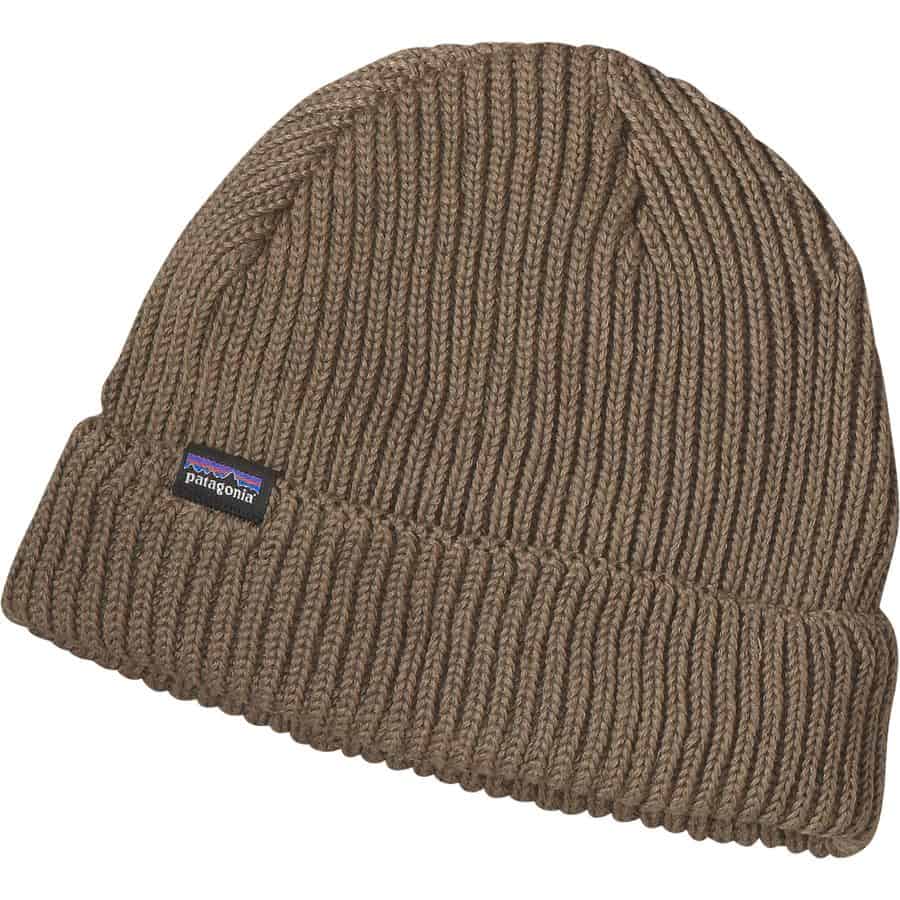
The watch cap is the vintage style knit hat, originally made of wool. Historically, it was worn by sailors, hunters, and other outsdoorsmen. Watch caps, also known as fishermans hats, are designed to be folded at the brim, which doubles the layers at the forehead and ears for added warmth. The watch cap has stood the test of time. You can’t go wrong with one on Kilimanjaro.
Watch caps can be purchased here.
Beanies
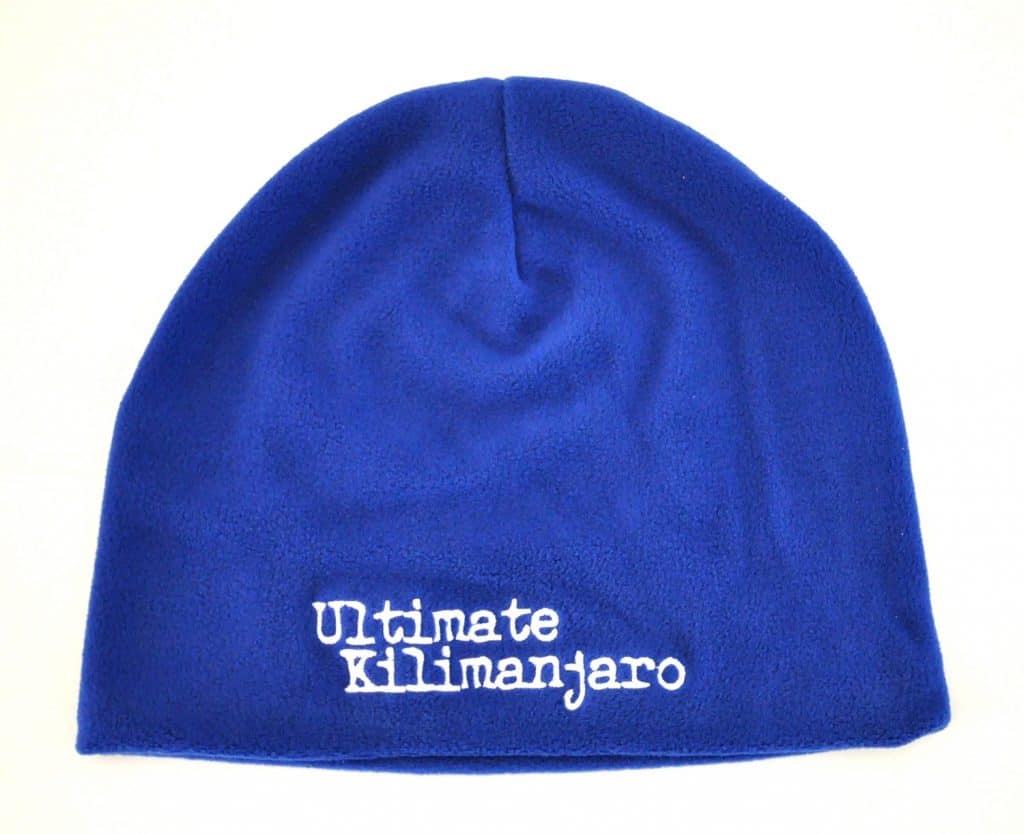
Beanies, also known as skullcaps, are form fitting, domed hats often made of natural yarn, such as wool and cotton, or fleece. They will vary on their insulation based on how they are constructed. Beanies are a popular style of warm hat used on Kilimanjaro by most clients and even our guides.
A few precautions about beanies. Do not select one that is made of a thin material or one that is woven very loosely. You want to be sure that it will serve its main purpose well, which is keeping your head warm.
It is also important that a hat is sized correctly so that it covers your forehead, ears and part of the neck when worn. Lastly, do not select a “slouch” beanie that has excess material and is designed to hang off the top of your head. This is a fashion statement, but not practical for alpine use.
For a selection of warm hats, click here.
The bottom line is, your hat should be thick enough to keep your head warm in subzero temperatures and withstand strong winds.
Neck Gaiter
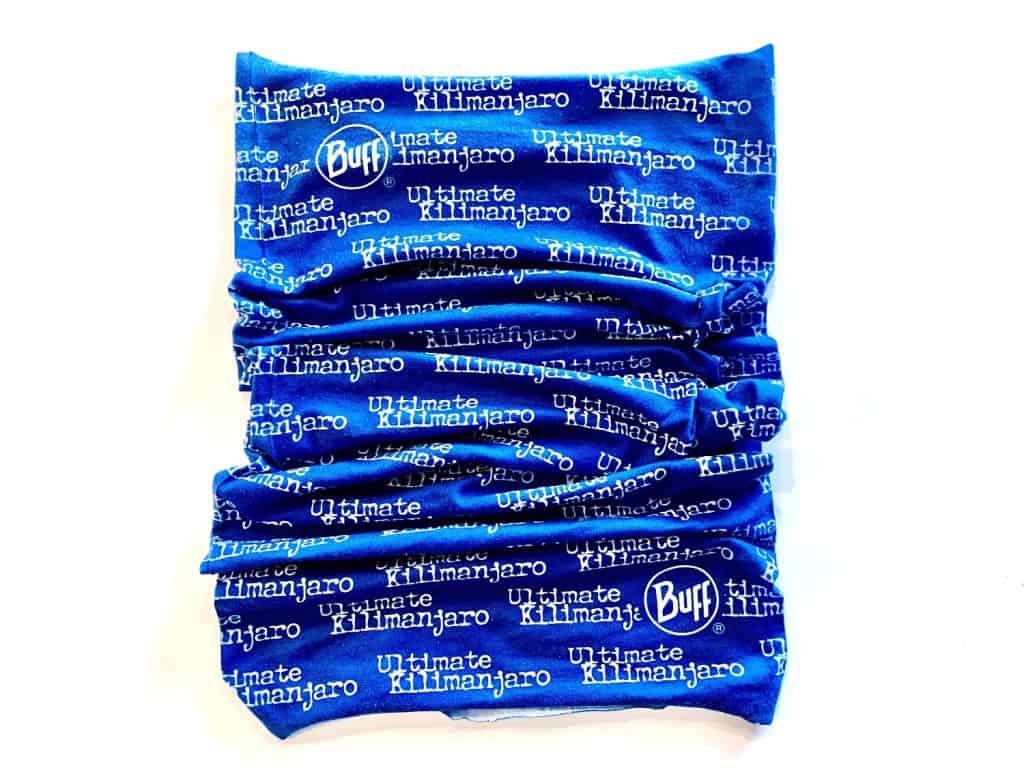
A neck gaiter is a closed tube of fabric that is worn around the neck, face or head for warmth. It’s typically made of lightweight, stretchy material such as thin wool or a synthetic wicking textile. The neck gaiter, also known as a Buff due to the brand that made them popular, can be worn in many ways which makes this piece of clothing a necessary addition to your required Kilimanjaro gear kit.
Buff neck gaiters can be found here.
Balaclava

A balaclava, depending how it is worn, is designed to expose either only the eyes; the eyes, mouth and nose; or the front of the face including the chin. The word balaclava comes from the Battle of Balaclava in 1854, part of the Crimean War, where British troops used handmade garments to cover their heads to keep warm. Nowadays, balaclavas are worn by mountaineers to fight off brutal winds and extreme cold. We don’t recommend the balaclava in lieu of a neck gaiter because it is far less versatile as a face covering.
You will need something to protect your face on Kilimanjaro and the balaclava is one option.
Balaclavas can be purchased here.
Final Words
Remember that the weather on Kilimanjaro can be a big challenge. If you don’t have the right headwear, you may be dealing with sunburn, windburn, and even frostbite and hypothermia. And yes, people do fail to summit on Kilimanjaro because of these reasons.
So when selecting your hats, ask yourself, “Will these items protect me from the strong sun and blistering cold?” If your answer is no, find something that does.
You can find all your outdoor gear at these preferred retailers:
__________

See What are the Best Sunglasses for Climbing Kilimanjaro?























































